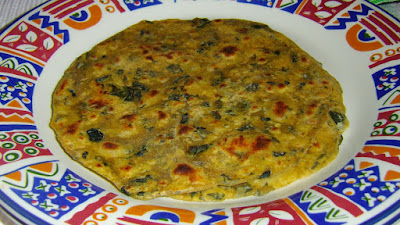For those of you who do not know David
Walliams, I first came across him in comedy skits with Matt Lucas. There are
some real gems in their series Little Britain. So when I heard about the books
David began writing I thought I must read them as I am sure they would be fun.
However it has been a long time since the first book that I got around to read
it. Life just happened to interfere with my plans.
This is a book written for young
people but can also be enjoyed by adults for it shows us life from the child’s
perceptive, something that we forget once we grow up. This story is about
Dennis, a 12 year old boy, who lives with his older brother John and his lorry
driver dad. His mother had left them. Dennis remembers his parents fighting but
also the love and care his mother had given him. There is only one slightly burnt
at the edges photo he has of his mother with John and himself that was saved
from the bonfire by a gust of wind.
Life was ordinary and so boring.
He has a good friend, loves to play footie, watch daytime chat shows, and look
at fashion magazines. He feels sad that his mum was not around and when he
cries he gets told not to be a girl! His father catches him leafing through a
Vogue magazine and throws it into the bin telling him boys should not be
reading this girlie stuff. Of course he is teased about it by his brother. The
book is telling us how we perpetuate the gender stereotypes.
At 12 he is just beginning to
notice girls like Lisa who is in John’s year. He has the good fortune to spend
some detention time with her. Seeing her doodling and sketching dresses like
those in fashion magazines he gets talking to her. They find mutual interest in
all kinds of fashion and its accessories. Dennis gets invited to spend a Saturday
with Lisa and check out her stash of Vogue as well as he own design sketches.
But there was more than just sketches as Lisa was good with her sewing and had
turned some of her designs into dresses. Dennis’s eyes light up at all these
beautiful clothes and as you can guess he gets persuaded to wear one of them. Lisa
does a complete makeover on him and presents him in the mirror as Denise.
Will he be persuaded to wear the
dress outside the house? Who all will think he is a beautiful girl? What will
his father, brother, best friend, school mates, teachers and the head master
think of him? It is a good tale about individuality, growing up, being non-judgemental
and supportive as we are not defined by one single thing, least of all our
fashion sense.
I could not put the book down as I
wanted to know if there was a happy ending. You feel the emotions along with
Dennis and want to jump in and tell the stuffy adults off. I would say it is a
book to be read by all.

